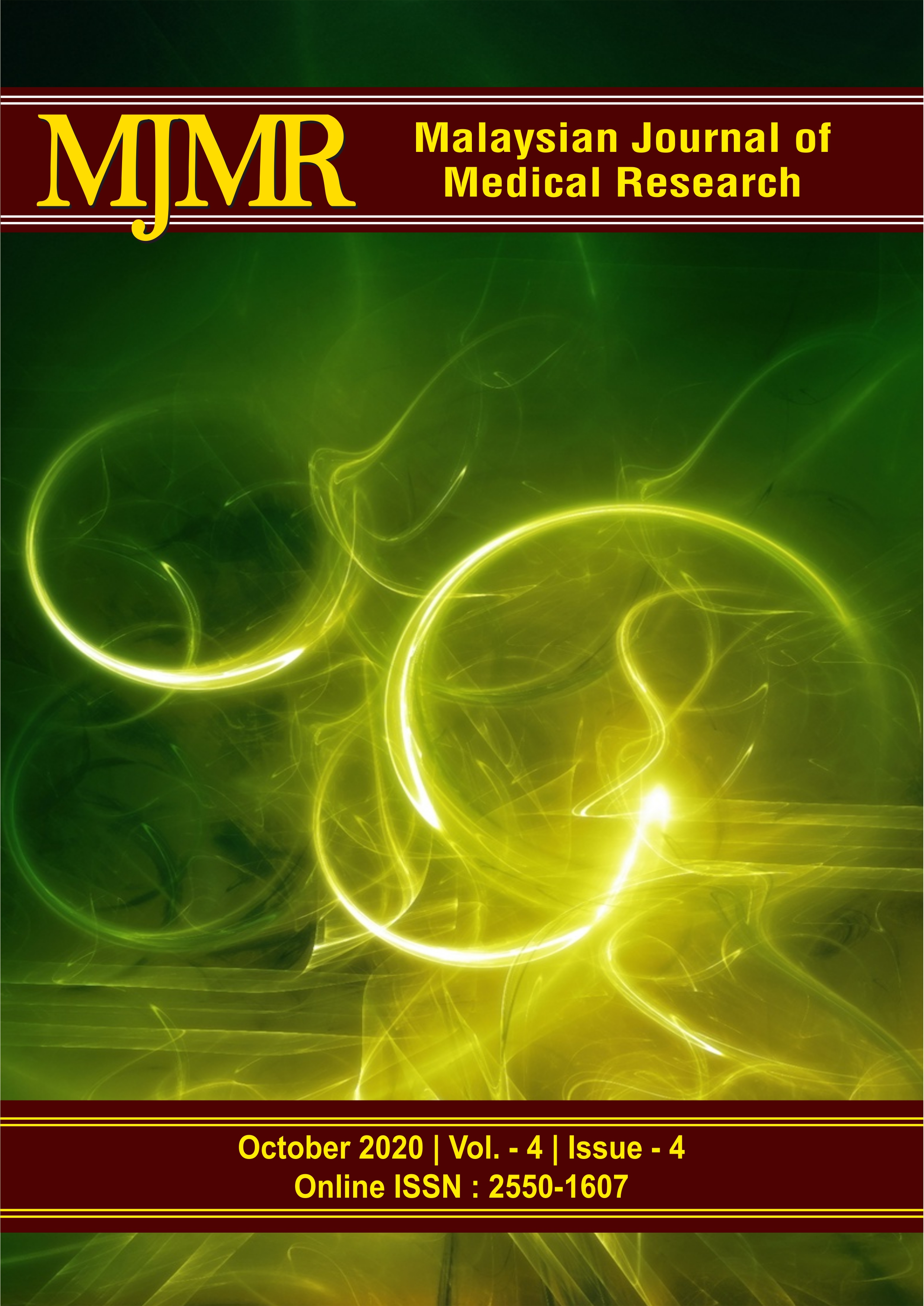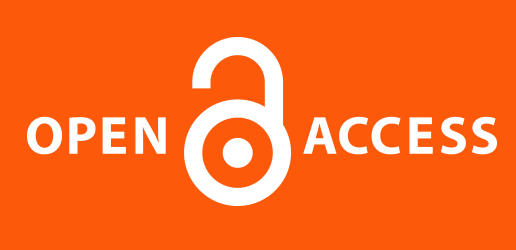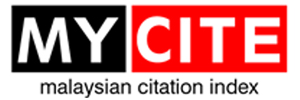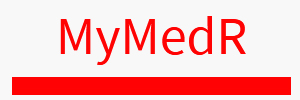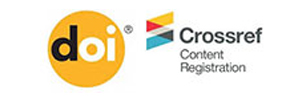STIMULATION OF DAIRY MILK ON ACTIVE MANAGEMENT KALA III ON TIME OF PLACENTA DISPOSAL
DOI:
https://doi.org/10.31674/MJMR.2020.V04I04.010Abstract
Introduction: Actually, more than 90% of postpartum hemorrhage cases occurring within 24 hours after delivery are caused by uterine atony, one of the factors causing uterine atony due to errors in active management of the third phase such as inappropriate oxytocin administration time. Stimulation of nipple can produce oxytocin naturally and this oxytocin can shorten the time of placental release. This study aims to determine the influence of nipple stimulation on the active management of phase III to the placenta release time. Methods: The method in this study was quasi experimental with post test design only non equivalent control group. Samples in this study were 32 physiological maternal with phase III who were divided into two groups with non probability sampling technique with purposive sampling type. Results: The results in this study, there was a difference in placental release time, in the release intervention placental group faster than the control group and the result was ρ value < 0,001 (<0,05). Conclusions: there is an effect of mother's nipple stimulation on the active management of phase III to the time of placental release.
Keywords:
Nipple Stimulation, Placental Release TimeDownloads
References
Abedi, P., Jahanfar, S., Namvar, F. & Lee, J. (2016). Breastfeeding or nipple stimulation for reducing postpartum haemorrhage in the third stage of labour. Accessed on 28 Maret 2017, dari .Retrieved from: https://www.ncbi.nlm.nih.gov/pubmed.
Ariani, A.P. (2014). Application of research methodology of obstetrics and reproductive health. Yogyakarta: Nuha Medika. 116-119
Arikunto, S. (2010). Research procedure.Jakarta: PT Rineka Cipta.61-70
Asrinah., Putri, S.S., Sulistyorini, D., Muflihah, I.S. & Sari, D.N. (2010). Asuhan kebidanan masa persalinan. Yogyakarta: Graha Ilmu.43-50
Demirel, G. & Guler, H. (2015). The effect of uterine and nipple stimulation on induction with oxytocin and the labor process. Accessed on 28 Maret 2017, dari. Retrieved from: https://www.ncbi.nlm.nih.gov/pubmed.
Dharma, K.K. (2011). Methodology of nursing research. Jakarta: Trans Info Media.71-79
District Health Office Tanah Bumbu. (2016). Health profile of Tanah Bumbu Regency in 2016. Tanah Bumbu
Eniyati. & Putri, M. (2012). Midwifery care of the delivery mother. Yogyakarta: Pustaka Belajar.55-58
Health Department of South Kalimantan Province. (2013). Health profile of South Kalimantan Province in 2013. Banjarmasin: Ministry of Health of South Kalimantan Province.
Ministry of Health of the Republic of Indonesia. (2014). Health demographic survey Indonesia tahun 2012. Jakarta:
Jannah, N. (2015). Midwifery care II: Competence- based delivery.Jakarta: EGC.
Mardalis. (2010). The method of research is a proposal approach. Jakarta: PT Bumi Aksara.219-234
Narasimhulu, D.M. & Zhu, L. (2015). Uterine tachysystole with prolonged deceleration following nipple stimulation for labor augmentation.
Nurasiah, A., Rukmawati, A. & Badriah, D.L. (2012). Maternity care is normal for the midwife.Bandung: PT Refika Aditama.118- 120
Prawirohardjo, S. (2012). Obstetrics. Jakarta: Yayasan Bina Pustaka Sarwono Prawirohardjo.120-222
Paradise Hospital. (2016). Data year physiological birth rate 2016. Tanah Bumbu: Paradise Hospital
Saryono. (2011). Health research methodology. Yogyakarta: Mitra Cendikia Press.291-238
Saryono. & Anggraeni, M.D. (2013). Qualitative and quantitative research methodology in health. Yogyakarta: Nuha Medika.117-119
Setiawan, A. & Saryono. (2010). Methodology of obstetrics research DIII, DIV, S1 dan S2. Yogyakarta: Nuha Medika.281-299
Sulistyawati, A. & Nugraheny, E. (2010). Midwifery care of the delivery mother. Jakarta: Salemba Medika. 112-118.
Sumarah., Widyastuti, Y. & Wiyati, N. (2009). Midwifery care of the delivery mother. Yogyakarta: Fitramaya.113-119.
Walyani, E.S. & Purwoastuti, E. (2016). Care of delivery and newborn. Yogyakarta: Pustaka Baru Press.91-98.
World Health Organization. (2015). Mediacentre. Diakses pada tanggal 15 Maret 2017, dari http://who.int.

